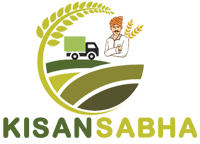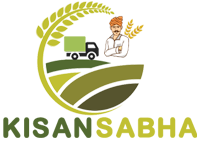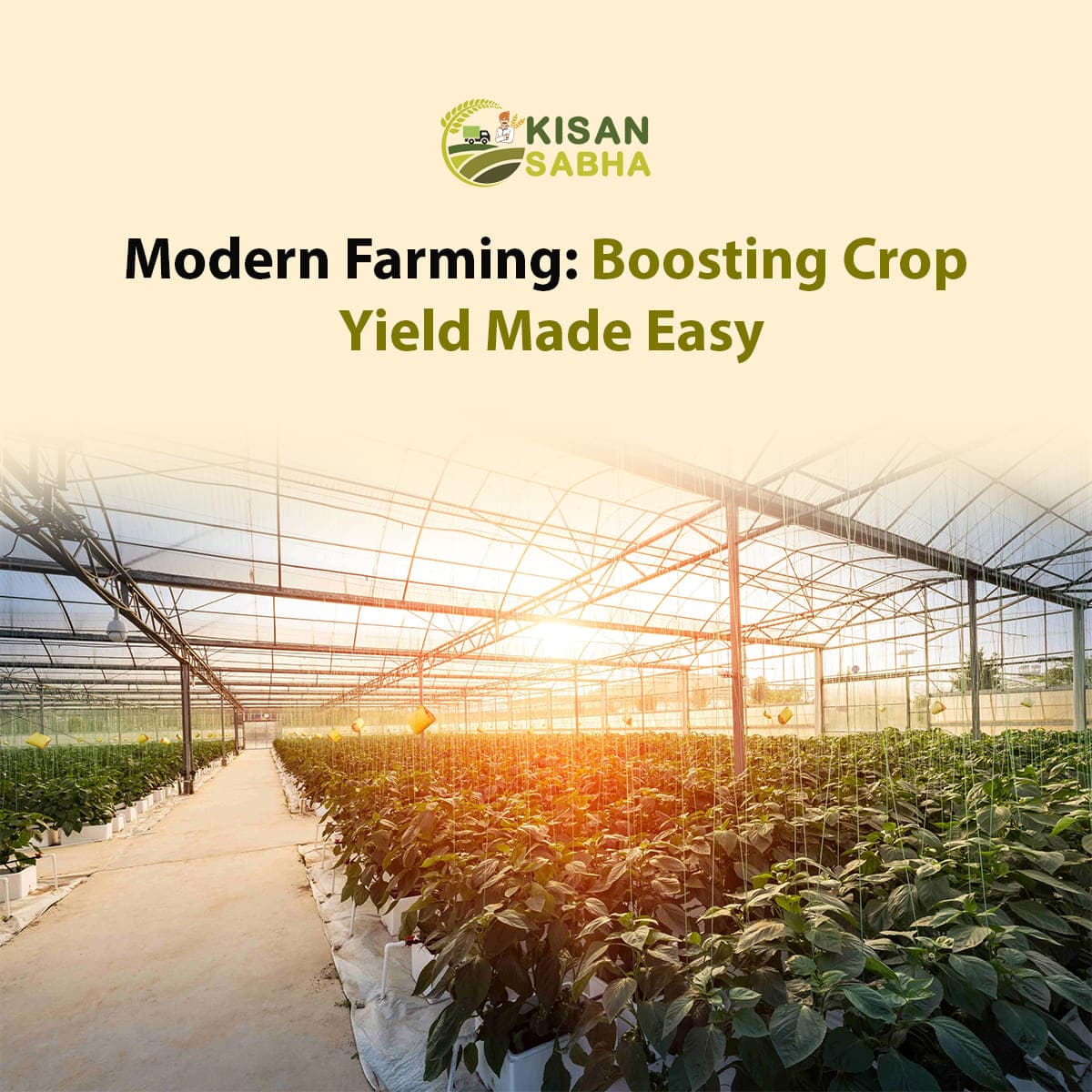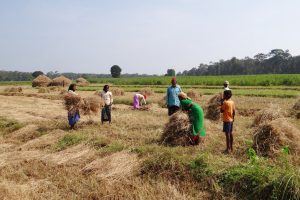Farming has long been considered humanity’s oldest profession, playing a vital role in nourishing societies since time immemorial. As global populations surge, so too does the demand for food production. Consequently, farmers face increasing pressure to deliver higher yields efficiently while safeguarding environmental sustainability. Thankfully, recent advances in agri-tech promise significant improvements across various aspects of cultivation, from seed selection to harvesting. Join us as we explore some transformative technologies poised to revolutionize contemporary agriculture.
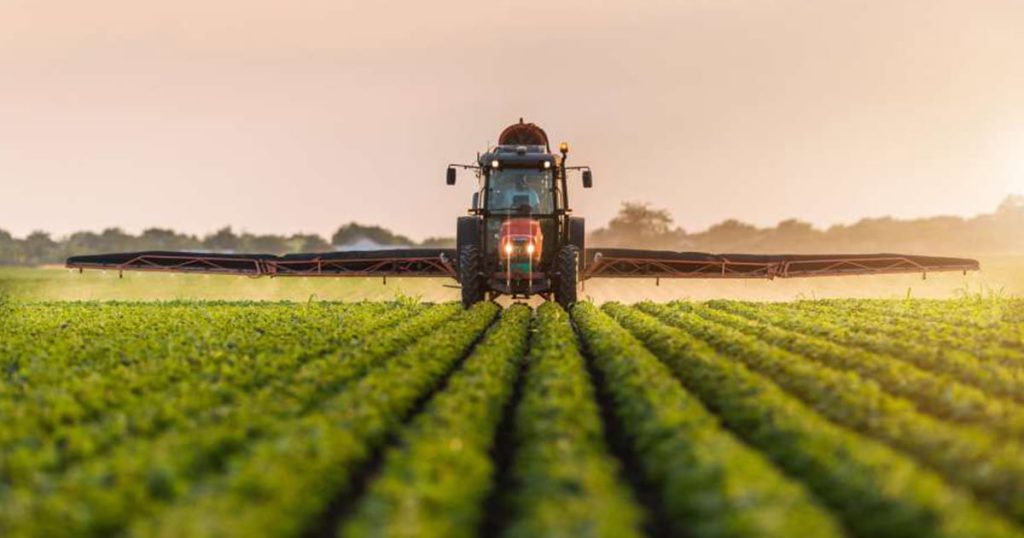
Understanding the Current State of the Field
Conducting Soil Tests
Before you dive into improving your crop yield, it’s crucial to understand the current state of your field. Conducting soil tests is a great way to gather valuable information about your soil’s nutrient levels, pH, and overall health. This will help you identify any deficiencies or imbalances that may be hindering crop growth.
Evaluating Previous Crop Performance
Another important aspect to consider is the performance of previous crops. Take a look at how well they grew and produced in your field. This evaluation can provide insights into the specific challenges or limitations your field may have faced, such as nutrient deficiencies, diseases, or pest issues.
Assessing Soil Quality and Nutrient Levels
Soil Sampling Techniques
To assess soil quality and nutrient levels accurately, proper soil sampling techniques are necessary. Ensure that you collect representative soil samples from multiple locations within your field. This will provide a more accurate picture of your soil’s condition and reduce the likelihood of skewed results.
Interpreting Soil Test Results
Once you have your soil test results, it’s time to interpret them. Understand the nutrient levels and ratios, as well as the pH balance of your soil. This will help you identify any specific nutrient deficiencies or imbalances that need to be addressed. Soil test results are your roadmap to determining the necessary fertilization and soil amendment strategies.
Adjusting pH and Soil Amendments
Based on your soil test results, you may need to adjust the pH of your soil and incorporate soil amendments to improve nutrient availability. For example, if your soil is too acidic, you can add lime to raise the pH. Conversely, if it is too alkaline, you can use sulfur or other appropriate amendments to lower the pH. Adding organic matter, such as compost, can also help improve soil structure and nutrient-holding capacity.
Implementing Effective Drainage Systems
Identifying Drainage Issues
Ensuring proper drainage is crucial for optimal crop growth. Identify any areas in your field where excess water tends to accumulate, leading to waterlogged soil conditions. These areas may require additional drainage interventions to prevent water stagnation, which can suffocate plant roots and hinder nutrient uptake.
Installing Field Drainage Systems
To address drainage issues, installing field drainage systems may be necessary. This can involve techniques such as installing subsurface drainage pipes or creating contour ditches to redirect water flow. Properly designed drainage systems will help remove excess water and prevent potential crop damage caused by saturated soils.
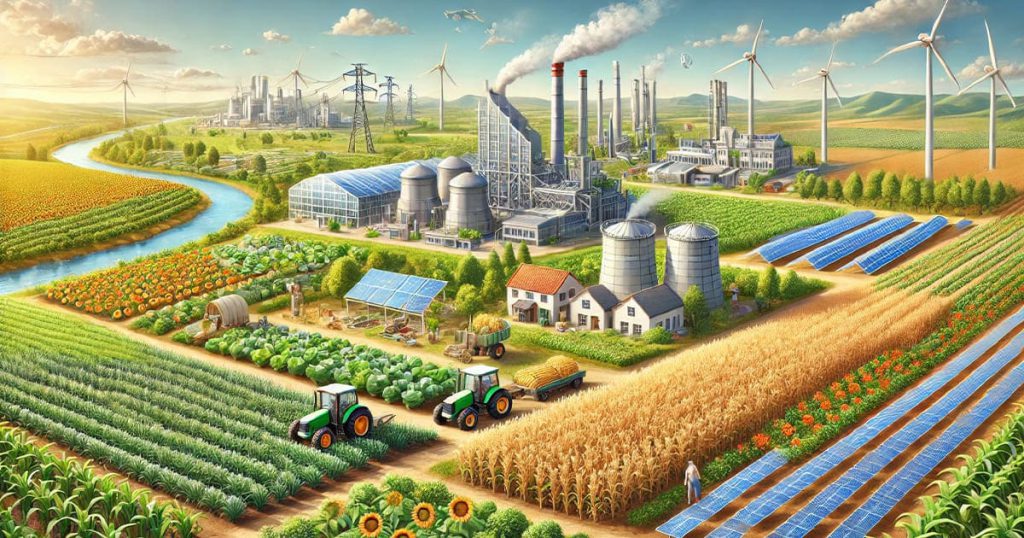
Managing Weed and Pest Control
Assessing Weed and Pest Pressure
Weeds and pests can significantly reduce crop yield if left unmanaged. Assess the weed and pest pressure in your field by regularly scouting and monitoring for signs of infestation or weed growth. This will help you determine the appropriate management strategies to implement.
Implementing Integrated Pest Management Strategies
Integrated Pest Management (IPM) practices focus on using a combination of cultural, biological, and chemical control methods to manage pests effectively. Implementing IPM strategies can help minimize pesticide use while still effectively controlling pest populations. These strategies may include crop rotation, biological control agents, or physical barriers to deter pests.
Also Read:- Potato Cultivation: Low-Cost Tips for Maximum Profit
Choosing Suitable Crop Varieties and Rotations
Understanding Crop Characteristics and Requirements
When it comes to choosing the right crop varieties for your field, it’s important to understand their unique characteristics and requirements. Just like people, different crops have different needs and preferences. Some prefer the sun, while others thrive in the shade. Some like their soil moist, while others prefer it on the drier side. By understanding these requirements, you can ensure that your crops are set up for success from the get-go.
Implementing Crop Rotation Strategies
Crop rotation is like playing matchmaker for your plants. By alternating the crops you grow in a specific field, you can help break the cycle of pests and diseases that might otherwise wreak havoc on your harvest. It’s like giving your crops a breath of fresh air and a chance to escape the clutches of their enemies. So go ahead, mix it up, and watch your crops thrive!
Conclusion
Embracing novel technologies equips modern farmers with unprecedented abilities to manage risk, optimize inputs, and adapt quickly to shifting market demands. Through advanced seed technology, responsive soil management strategies, efficient irrigation systems, and mechanized assistance, producers stand better positioned than ever before to yield abundant harvests while preserving ecological balance. Indeed, harnessing the power of science promises untold rewards for generations to come, cementing agriculture’s enduring legacy as humanity’s indispensable partner in progress.
